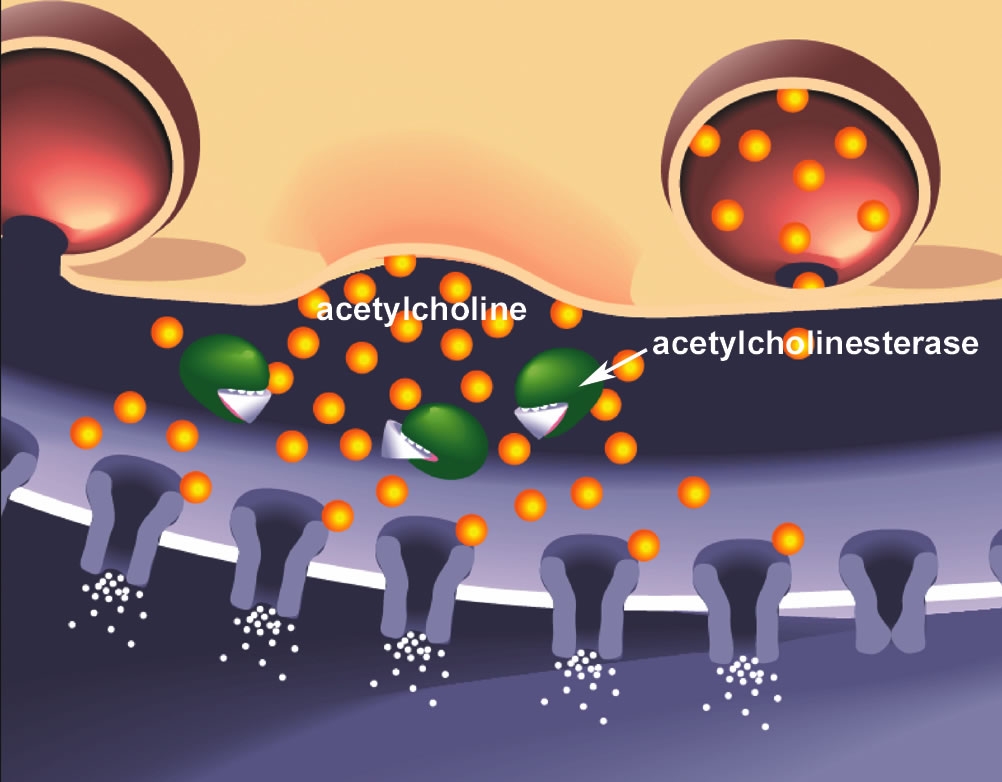
January 20, 2004 — More than two dozen University of Utah undergraduate students will join counterparts from Utah State University in presenting “Research on the Hill: A Celebration of Undergraduate Research” to Utah State Legislators on Thursday, Jan. 22, from 8 a.m. until 1 p.m., in the rotunda of the State Capitol. The event, now in its fourth year, gives lawmakers the opportunity to review the high quality of education available to undergraduate students at the state’s two public research institutions as demonstrated in the opportunities presented to them to pursue research activities at the cutting-edge in health and physical sciences, engineering, social sciences and creative activities.
University senior psychology major Teisha Shiozaki has been working on her research project since last May. Along with several other students and their faculty advisor, Paul Florsheim, associate professor of psychology, Shiozaki has studied whether personality can predict the craving experience in adolescent substance abusers. The research team has found that those with a personality trait of anxious neuroticism (negative emotions and general anxious depression) are more likely to crave drugs to reduce their anxiety. Impulsivity, on the other hand, is associated with pleasure related cravings.
“This research is important because treatment for adolescent substance abusers has often been a one-size-fits-all model, assuming the same type of treatment would have the same type of effect on all adolescents. Our research suggests that if there are differences in personality, it may be more effective to use a more tailored treatment approach for different individuals,” Shiozaki explains.
University Associate Vice President for Research Ron Pugmire, who chooses the students involved in the poster presentations from a large group of candidates, notes that one of the benefits of attending a research university is the opportunity to participate in rigorous, cutting-edge research as undergraduate students. “Bright students like Shiozaki are mentored by faculty who are leading researchers in their fields.”
Students selected to participate in “Research on the Hill” come from a variety of disciplines and represent a diverse range of topics. A sampling of this year’s topics include: the development of stem cells in the eye, what the body does in response to thirst, ice flow in Antarctica, voluntary architectural simplicity, screening for genes involved in brain function, genetic engineering tools for understanding complex biological systems and the talk time on cellular telephones.
“This event shows lawmakers that University students are involved in exceptionally complex research work as undergraduates, something that has traditionally been reserved for graduate students,” explains Nancy Lyon, assistant vice president for government affairs at the U.
Since 2001, Sarah Farney, a senior chemical engineering student, together with three other students and Edward Trujillo, associate professor in the Department of Chemical and Fuels Engineering, have been performing humidity cell tests on waste rock. The research has applications for mining companies and is important because of the potential environmental threat from acids that under certain conditions can be produced by the waste rock. “One of our long-term research goals is to determine, through modeling, what we can do to prevent and predict where acid will form,” explains Farney, who plans to attend graduate school and eventually work in tissue engineering.
All research projects are funded primarily through federal research grants or private industry and many are part of the highly visible Undergraduate Research Opportunities Program (UROP) at the University of Utah. Last year the University hosted the national meeting of UROP in which nearly 2,000 undergraduate students from across the nation participated.
This year, the majority of University “Research on the Hill” participants are women, due in part to the high level of participation in the U ACCESS for Women in Science and Mathematics program. ACCESS students organize as freshmen women and continue collaboration throughout their undergraduate years. Nineteen women and 11 men will participate in the 2004 “Research on the Hill.”
Robert McDermott, staff scientist for visualization in the U’s Center for High Performance Computing, helps students create their posters for presentation. “Research doesn’t get done without work, and these students are doing the work. Hearing bright, high-energy students explain their research is an attractive part of the ‘Research on the Hill’ project, and legislators pick up on their enthusiasm.”
